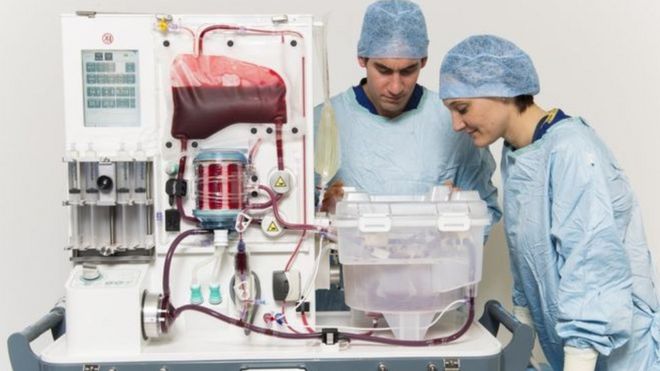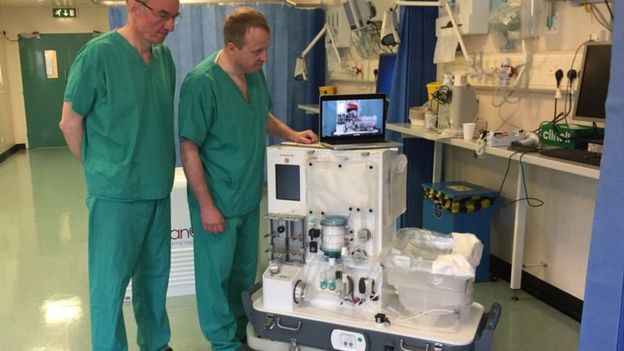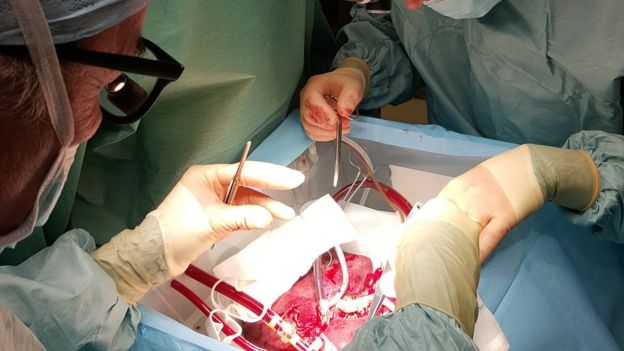Oldest genetic evidence of Hepatitis B virus found in ancient DNA from 4,500 year-old skeletons

An extinct strain of the human Hepatitis B virus (HBV) has been discovered in Bronze Age human skeletons found in burial sites across Europe and Asia.
This study could have huge implications for how the virus affects humans today.
Eske Willerslev
A pioneering study has identified the oldest evidence of HBV in the ancient remains and proved that viruses can become extinct. The scientific significance of the research has been described as ‘truly remarkable’ and compared to the discovery of the first fossils.
Today the Hepatitis B virus affects millions of people worldwide. In 2015 it was estimated that approximately 257 million people were chronically infected with HBV and 887,000 died due to associated complications such as liver cancer.
The new research, led by a group of academics at the Center for Pathogen Evolution in the Department of Zoology at the University of Cambridge and the Centre for GeoGenetics at the University of Copenhagen, took genetic samples from skeletons across Europe and Asia from the Bronze Age to the Medieval period, and found 25 HBV-positive skeletons amongst the remains. In 12 of these skeletons, they found enough of the HBV genome to perform detailed analyses – the oldest of which was 4,500-years-old.
From this data they were able to extract the genetic sequences of HBV that infected the individuals thousands of years ago.
The findings, published in the journal Nature, present new insights into the origins and evolution of HBV. The genetic makeup of this strain could have implications for improving vaccines for HBV.
Before this study, the oldest human viruses to be discovered were approximately 450-years- old but most are no more than 50-years-old. The research now forms the oldest and largest datasets scientists have of ancient human viruses.
Barbara Mühlemann, joint first author on the research paper and a graduate student at the University of Cambridge, said: “People have tried to unravel the history of HBV for decades – this study transforms our understanding of the virus and proves it affected people as far back as the Bronze Age. We have also shown that it is possible to recover viral sequences from samples of this age which will have much wider scientific implications.”
Although HBV is a global health issue, little is known about its origin and evolution. As with many human viruses, this is largely due to a lack of historical evidence which has been difficult to locate and identify.
Dr Terry Jones, joint first author who is based at the University of Cambridge’s Department of Zoology, explained: “Scientists mostly study modern virus strains and we have mainly been in the dark regarding ancient sequences – until now. It was like trying to study evolution without fossils. If we only studied the animals living today it would give us a very inaccurate picture of their evolution – it is the same with viruses.”
Understanding more about HBV may now be possible. Showing that the virus has been circulating in humans since at least the Bronze Age is a big scientific advancement, as previous attempts to estimate how long the virus has infected humans have ranged from 400 years to 34,000 years.
The study was led by Professor Eske Willerslev, who holds positions both at St John’s College, University of Cambridge, and the University of Copenhagen.
He said: “This data gives us an idea of how this virus behaves, and it provides us with a better idea of what is biologically possible in the future. Analysis of other ancient DNA samples may reveal further discoveries and this pioneering study could have huge implications for how the virus affects humans today.”
The research also shows the existence of ancient HBV genotypes in locations incompatible with their present-day distribution, contradicting previously-suggested geographical origins of the virus.
Professor Willerslev initially suspected that it might be possible to find viruses in human remains based on previous research during his role at the University of Copenhagen. He approached Mühlemann and Jones who have specialised in identifying and studying the evolution of viruses.
The research approach the group used in the study, called ‘shotgun sequencing’, looks at all genetic material present in a sample, as opposed to ‘genome bio-capture’ which focuses only on the human genome.
Professor Willerslev said: “This study is just the start. We’re talking about one virus here, but there are a lot of other viruses we could look for.”
Reference:
Barbara Mühlemann et al. ‘Ancient Hepatitis B viruses from the Bronze Age to the Medieval period.’ Nature (2018). DOI: 10.1038/s41586-018-0097-z

The text in this work is licensed under a Creative Commons Attribution 4.0 International License. For image use please see separate credits above.





























